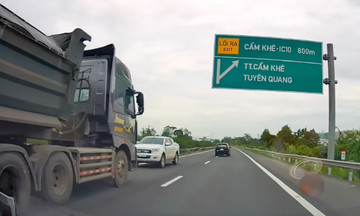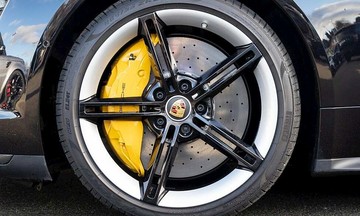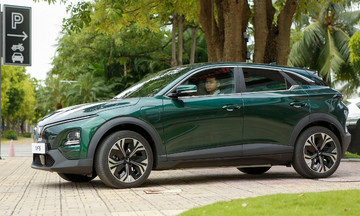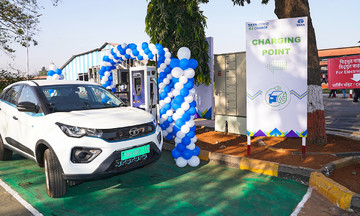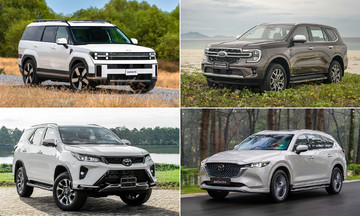2025 is a special year for Vietnam's auto market as many Japanese and American brands celebrate 30 years in Vietnam. Over the past six months, many brands have strived to increase sales with promotions and new products.
VnExpress reviews the notable highlights of the domestic auto market:
Discounts - a stimulus for purchasing power
After November 2024, when registration fee incentives ended, the market entered a period of declining purchasing power as demand had surged beforehand. Coupled with macroeconomic uncertainties, consumers are hesitant to spend on high-value items like cars.
Discounts are the quickest way to stimulate demand. Every month, the market sees discounts on various car models, from the mainstream segment to luxury vehicles. Incentives of 50-100% or free accessories are the most common methods to attract customers.
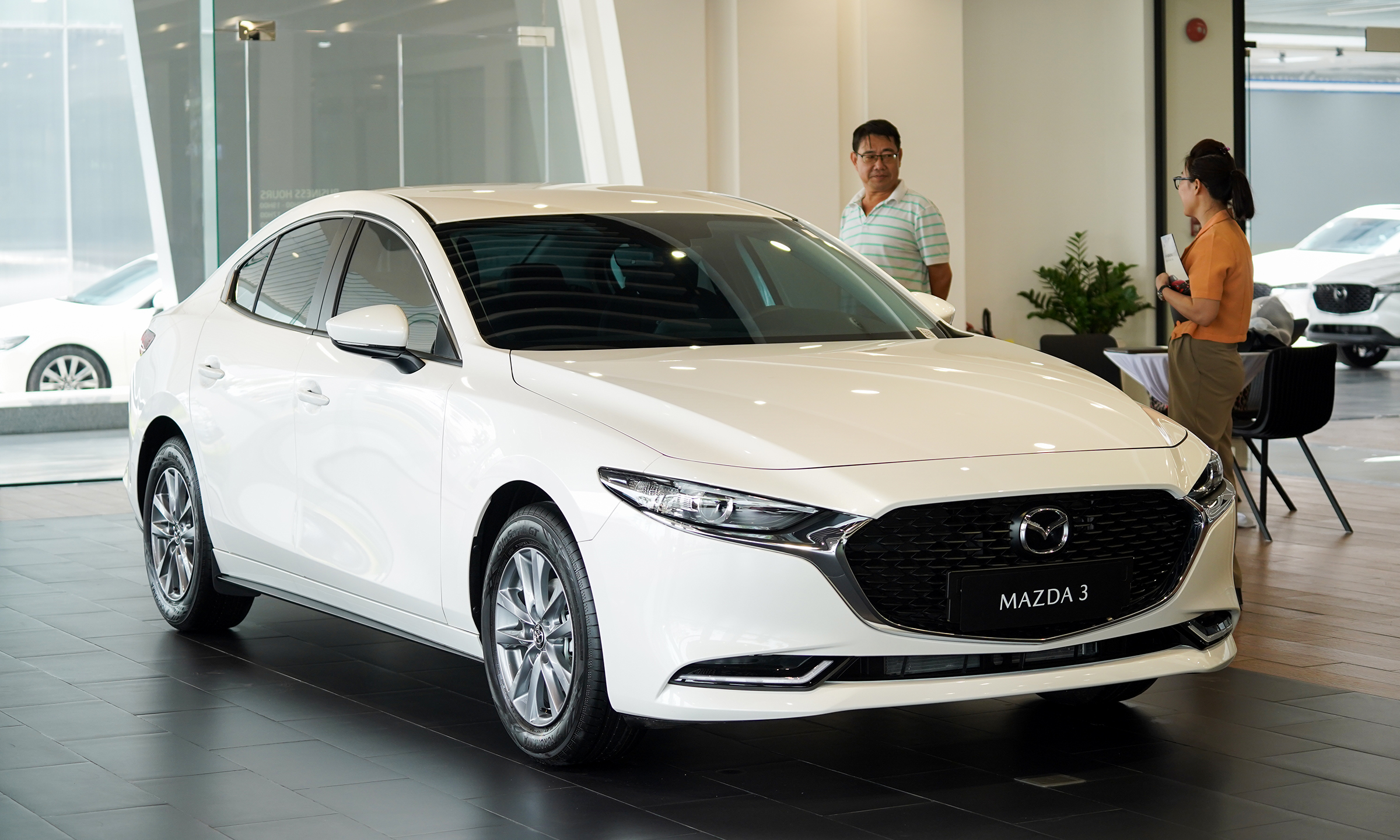 |
Customers browse a Mazda model in Ho Chi Minh City. Photo: Pham Trung |
Customers browse a Mazda model in Ho Chi Minh City. Photo: Pham Trung
In the first half of 2025, besides stimulating demand, brands and dealerships offered substantial discounts to clear out 2024 inventory. Japanese brands, whose fiscal year ends in March, intensified their discount programs from the beginning of the year.
Widespread discounts on new cars have impacted the used car market. Many businesses report slower used car sales due to the lower prices of new cars thanks to promotions. Instead of actively seeking used cars, most used car showrooms now prioritize acquiring easily sellable models in good condition.
A wave of new car launches
In the first half of 2025, over 20 new car models were launched, ranging from mainstream to luxury segments. Among these, Chinese cars accounted for the largest number, with six models from brands like BYD, Jaecoo, MG, Geely, and Haval.
Notable Chinese brands include the Sealion 6 in the C-segment CUV, the MG G50 in the mid-size MPV segment, the Geely Coolray and Haval Jolion in the B and B+ segment CUVs. These models emphasize technology, amenities, and pricing comparable to or lower than competitors in the same segment.
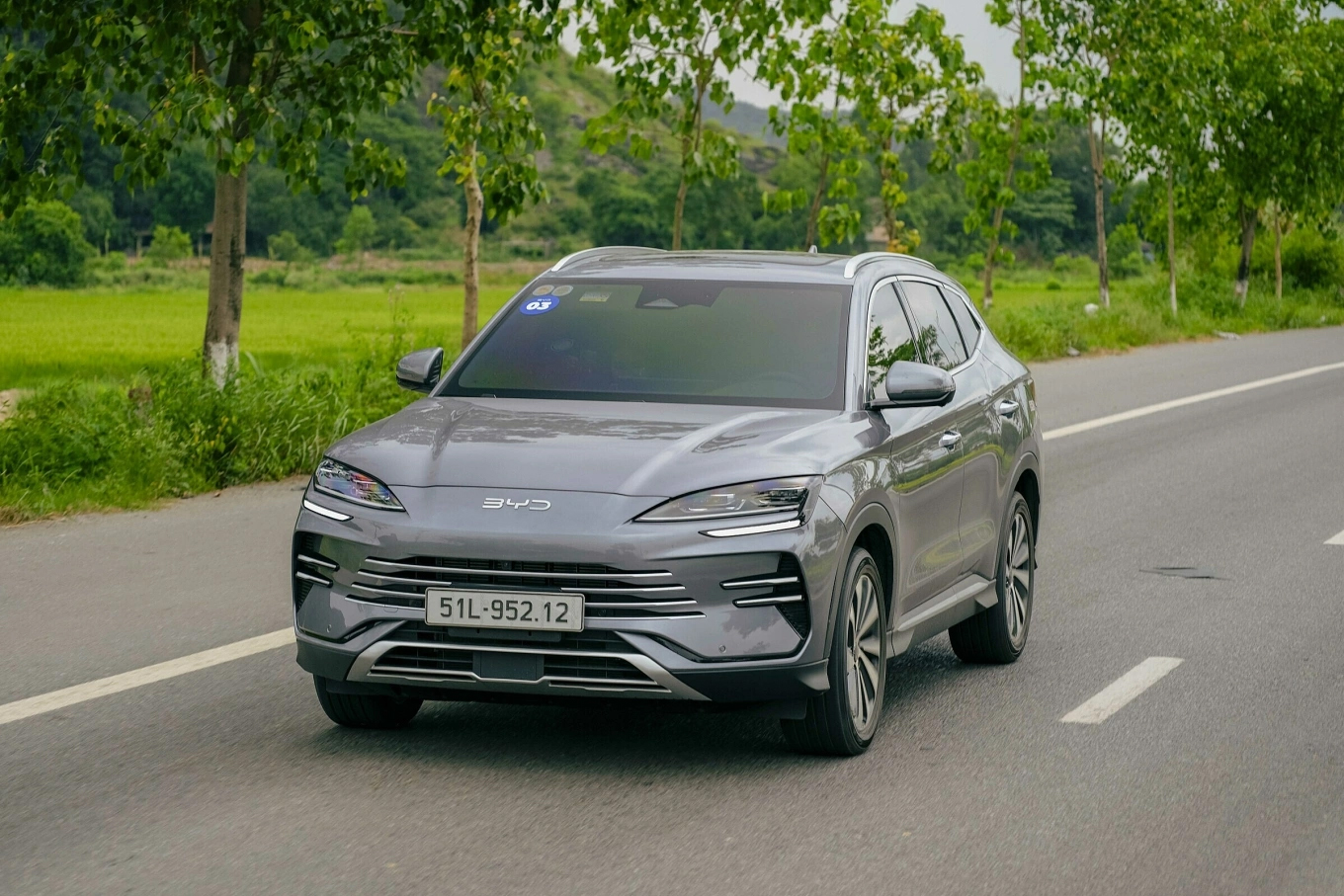 |
Sealion 6 during a media test drive in May. Photo: Huy Thang |
Sealion 6 during a media test drive in May. Photo: Huy Thang
Nearly half of the new cars introduced in Vietnam over the past six months are equipped with hybrid or fully electric engines. This demonstrates the growing trend of electrification being prioritized by brands in Vietnam. However, the approach to this segment varies.
Japanese brands like Toyota, Honda, Nissan, and Suzuki adhere to traditional hybrids. Chinese brands opt for fully electric vehicles or plug-in hybrid electric vehicles (PHEVs) to attract customers. Meanwhile, VinFast, Vietnam's domestic brand, focuses entirely on electric vehicles.
VinFast dominates market sales
Over the past five months, VinFast sold a total of 55,684 vehicles, more than double the sales of its second-place competitor, Toyota (23,061 vehicles, excluding Lexus). This is the largest sales gap between the top two brands since 2018 when Thanh Cong released Hyundai's sales figures.
VinFast's sales account for nearly 27% of the automotive market share. All VinFast vehicles sold are fully electric and domestically produced.
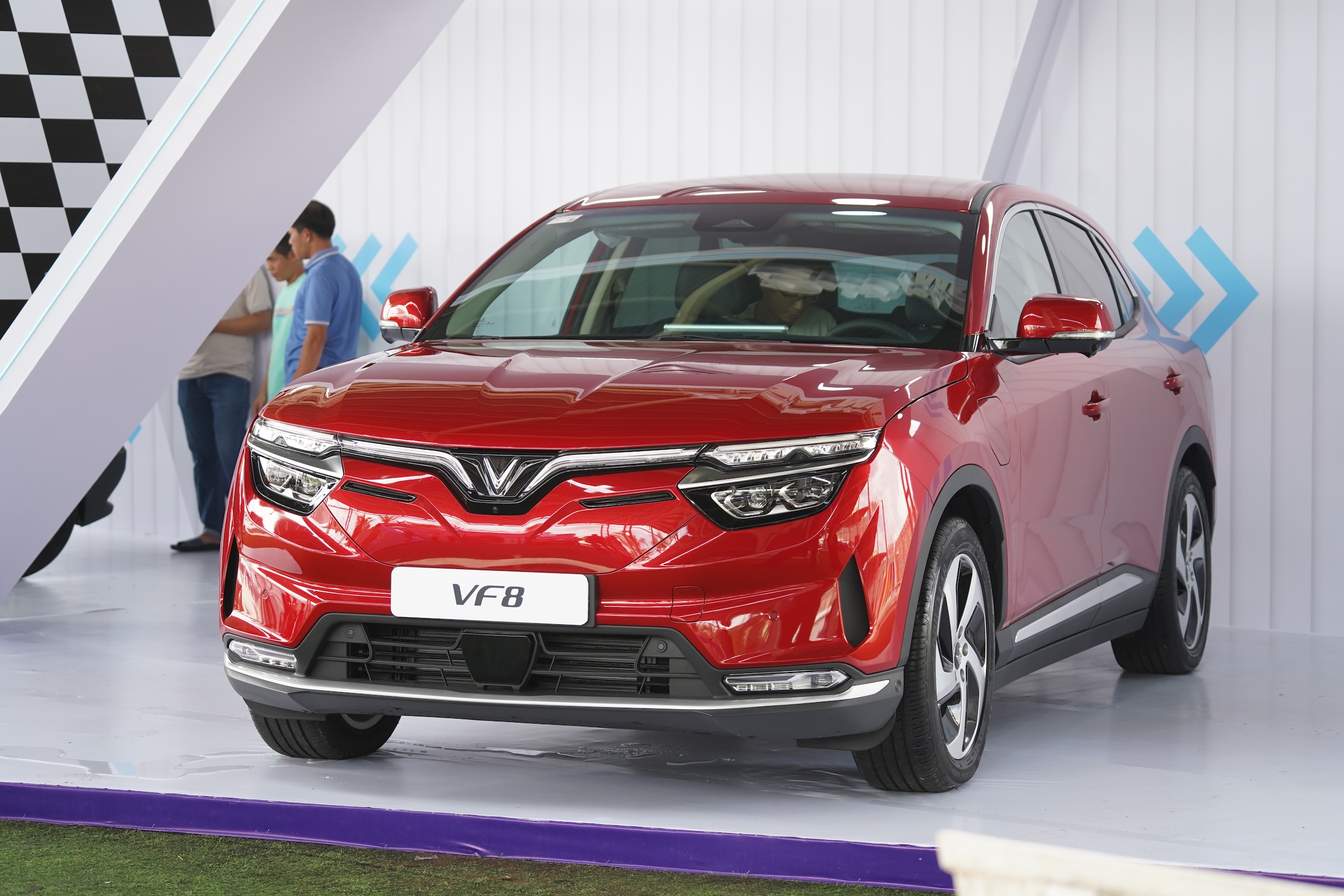 |
A VF 8 displayed at an event in Binh Duong. Photo: Pham Trung |
A VF 8 displayed at an event in Binh Duong. Photo: Pham Trung
VinFast's best-selling models are in the mainstream segment, mostly appealing to first-time car buyers, such as the VF 3, VF 5, and VF 6. These three models dominate sales in their respective segments, significantly outpacing their competitors.
VinFast boasts the largest charging station infrastructure in Vietnam. This advantage, along with continuous incentives for electric vehicles such as cash discounts, free charging, and registration fee support in Hanoi and Ho Chi Minh City, has attracted a growing number of customers for both personal and commercial use. Electric vehicles currently benefit from the government's registration fee exemption policy.
For the remainder of 2025, VinFast will introduce new strategic models, focusing on the service business. One of these is the Limo Green, the brand's first 7-seater MPV, expected to launch in August, priced at 749 million VND.
South Korean cars decline
In the first five months of 2025, market sales grew by 18% compared to the same period in 2024 (based on VAMA and Hyundai Thanh Cong data). Meanwhile, Hyundai's sales remained stagnant, while Kia's sales decreased by 9%.
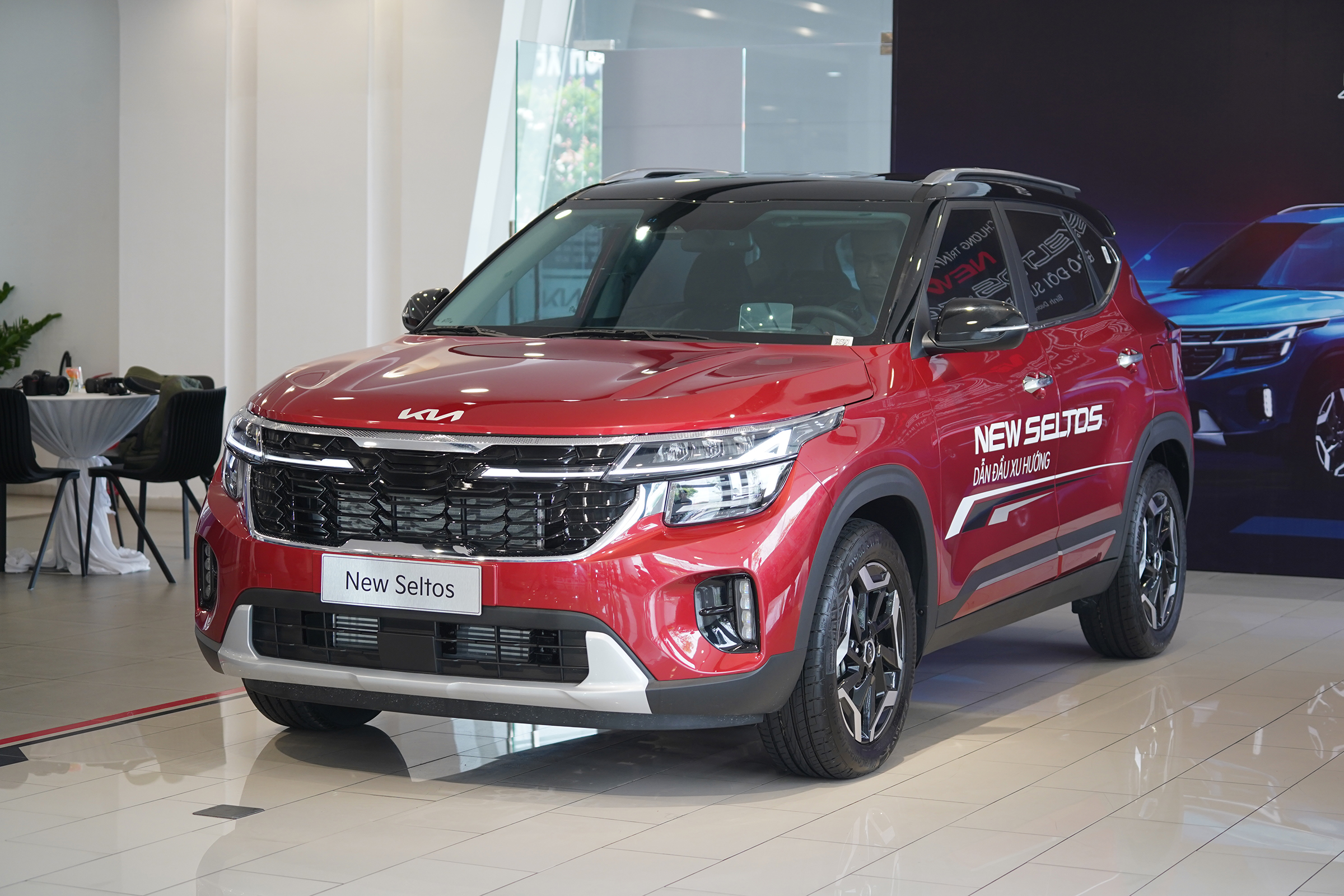 |
The Seltos at a showroom in Binh Duong. Photo: Thanh Nhan |
The Seltos at a showroom in Binh Duong. Photo: Thanh Nhan
The decline of South Korean cars in Vietnam is evident in the fact that many models, previously bestsellers in their segments, are now overshadowed by competitors. For example, in the B-segment CUV, the Hyundai Creta and Kia Seltos have lost ground to the VinFast VF 6, Mitsubishi Xforce, and Toyota Yaris Cross. The Hyundai Accent now sells less than the Honda City, let alone the leading Toyota Vios.
The Hyundai Santa Fe once dominated D-segment SUV sales, but now the Ford Everest has taken its place. In segments like C-segment sedans and A-segment hatchbacks, South Korean cars still maintain an advantage, but their sales contribution has gradually decreased. This is because the market has more choices, and competitors from Japan and China are increasing competition through pricing, which was once an advantage for South Korean cars.
The decline in South Korean car sales is not a recent phenomenon but has been ongoing since 2022. Hyundai's market share decreased from 16% in 2022 to 14% in 2024. For Kia, the figure dropped from 12% to 7%.
Thanh Nhan



